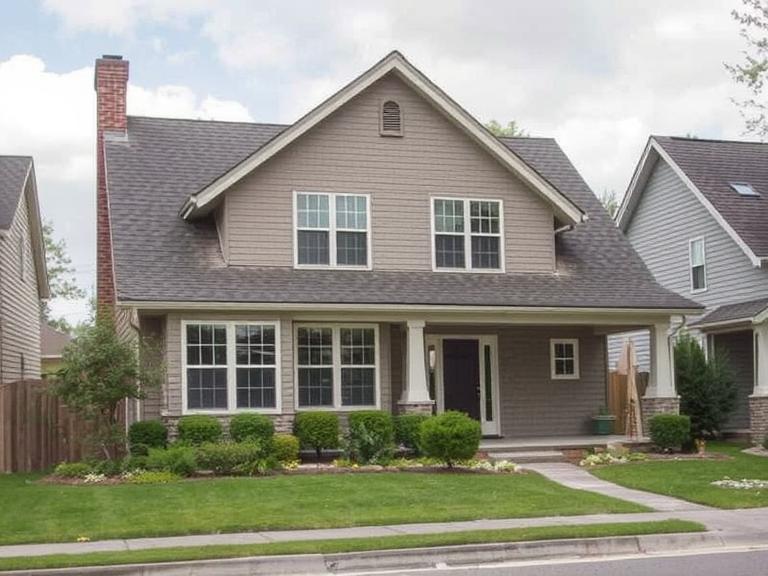Accidents happen—and when they do, the damage isn’t always limited to people. Vehicles, fences, buildings, and other physical property can also suffer in a crash. That’s where property damage coverage comes in.
If you’re a driver, homeowner, or business owner, understanding property damage liability is essential for protecting yourself financially from the unexpected.
In this blog, we’ll break down what property damage coverage is, what it protects, and why it’s a key part of any insurance policy.
What Is Property Damage Coverage?
Property Damage Coverage, often part of an auto insurance policy, helps pay for the cost of repairs or replacement if you damage someone else’s property in an accident where you’re at fault.
This could include:
- Another person’s vehicle
- A mailbox or fence
- A building or storefront
- Road signs, poles, or guardrails
It’s important to note: This coverage does not pay for damage to your own vehicle—that’s what collision or comprehensive coverage is for.
How Does Property Damage Coverage Work?
Let’s say you accidentally rear-end someone at a stoplight. Their bumper is damaged, and you also hit a street sign. If you’re at fault, your property damage liability insurance will help pay to repair the other driver’s car and replace the sign.
If the damage exceeds your coverage limit, you are responsible for the remaining costs out of pocket—which is why choosing adequate coverage is critical.
Is Property Damage Coverage Required?
Yes, in most U.S. states, property damage liability coverage is required by law as part of your minimum auto insurance. Each state sets its own required minimum limits, such as:
- $10,000 in property damage liability (e.g., Florida)
- $25,000 or more in other states
However, these minimums are often not enough to cover serious accidents. It’s usually recommended to carry higher limits, such as:
- $50,000
- $100,000
- Or more, depending on your financial situation
What’s Covered by Property Damage Coverage?
Here’s a breakdown of what is and is not covered:
✅ Covered:
- Damage to another person’s car or truck
- Damage to buildings, fences, mailboxes, and other structures
- Legal fees if you’re sued for the damage you caused
- Public property (e.g., light poles, traffic signs)
❌ Not Covered:
- Your own vehicle’s damage (you need collision coverage)
- Your own property
- Intentional damage
- Business-related property damage (covered under commercial policies)
Why Is Property Damage Coverage Important?
1. It Keeps You Legal
Driving without property damage coverage can lead to fines, license suspension, or legal trouble in most states.
2. It Protects You Financially
Even a minor accident can result in thousands of dollars in property damage. Without insurance, you’d have to pay these costs out of pocket.
3. It Covers Legal Costs
If someone sues you for property damage, your insurance may also help cover legal defense fees.
4. It Gives Peace of Mind
Knowing you’re protected from high repair or replacement costs gives you confidence on the road.
How Much Property Damage Coverage Should You Have?
While the legal minimum might seem enough, it’s often far too low. For example, if you cause a multi-vehicle pileup or crash into an expensive storefront, damages could easily exceed $50,000.
Recommended limits:
- $50,000 – $100,000 for most drivers
- Higher limits if you have significant assets to protect
- Consider an umbrella policy for extra protection beyond your auto policy limits
Final Thoughts
Property damage coverage is a critical part of your insurance protection—both legally and financially. While it may seem like just another line item on your policy, it can make the difference between a manageable accident and a financial disaster.
Make sure your coverage limits reflect the real-world costs of property repairs and lawsuits. Because when accidents happen, being underinsured is the last surprise you want.

